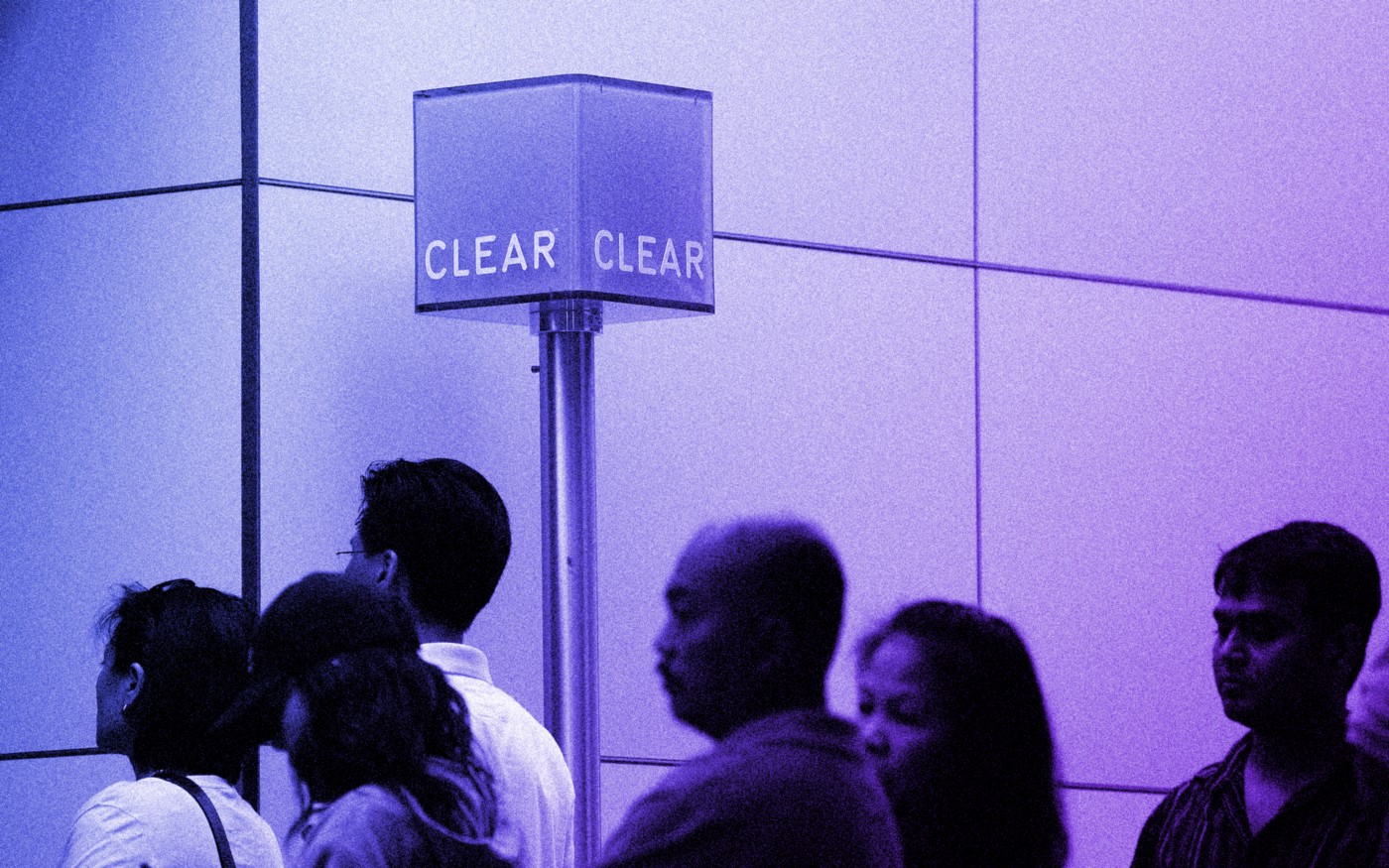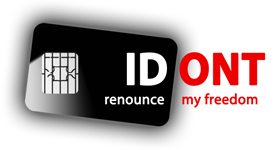 Photo illustration. Photo: Justin Sullivan/Getty Images
Photo illustration. Photo: Justin Sullivan/Getty Images
Plus, A.I. that detects drowsy drivers, algorithmic artists, and more A.I. news from the week
Welcome to General Intelligence, OneZero’s weekly dive into the A.I. news and research that matters.
Up until a few months ago — when people still did things, traveled, and went to airports — you might have seen biometrics company Clear’s kiosks at airports or at stadiums, where, after a face or iris scan, you could skip the line in exchange for a hefty annual fee.
Now Clear wants to bring its technology to the wider world struggling with the coronavirus pandemic and install similar systems at the doors of reopened businesses and offices under a new initiative called Health Pass.
The system works like this: Using a Health Pass app, people have their identity validated through facial recognition, then they indicate whether they’re sick by taking a “real-time health quiz” and uploading test results. That would generate a QR code, which can be scanned by some device, like a phone or a Clear kiosk, to allow entry into an office or store within a certain time period.
“Health Pass by Clear gives employees and consumers the confidence and peace of mind to get back to work, shop at their favorite store, step into a restaurant and attend a ball game,” the company wrote on its website this week.
The idea is similar to immunity passports, a concept OneZero reporter Emily Mullin described as “the get-out-jail-free card that many Americans so desperately want,” but which “could also create more uncertainty and risks for the people they are meant to help most.”
With limited testing capabilities and no plan on how to reopen the country safely, U.S. businesses now rely on imperfect technologies like thermal imaging and fever detection to keep people working while limiting the spread of the coronavirus.
If Clear’s Health Pass is widely adopted, it gives a private organization immense power over the implementation of public health policy. That’s especially risky at a time when there are no nationwide public health policies for reopening the country.
Small decisions made by Clear, like whether a person’s temperature alone is enough to grant access into an office or store, could have a massive impact on spreading or containing the virus. How antibody tests uploaded to Health Pass change a person’s ability to access certain places is also a question for Clear — someone can actively have the Covid-19 virus but not produce antibodies detectable by a test, meaning they would be an invisible and active carrier of the disease. In fact, no result from an antibody test meaningfully changes what a person should do in this situation, which is practice social distancing whenever in public.
It’s also unclear how Clear’s facial recognition would function in a world where everyone is required to wear masks. The company’s kiosks have always relied on either fingerprints, an iris scan (where the face is extremely close to a shared surface), or facial recognition. Would workers or customers need to remove their masks in public to be scanned? If not, and they were to use the QR code on their phone, why bring facial recognition into the system at all?
We’ve reached out to Clear with these questions, but one thing is already clear: We’re in danger of letting private companies make permanent public health policy decisions with imperfect information.
Clear wants to bring its technology to the wider world struggling with the coronavirus pandemic.
BIOMRC: A Dataset for Biomedical Machine Reading Comprehension
Humanity has accrued millennia of medical knowledge, but it’s relatively useless to the A.I. that we’re hoping will help streamline diagnoses and medical efficiency. This new dataset gives text comprehension algorithms a stepping-stone to learn how to gather the correct information from medical documents.
RISE Video Dataset: Recognizing Industrial Smoke Emissions
As with the biomedical dataset, the hardest part of any A.I. problem is collecting the right data. With this new dataset from Penn State and Carnegie Mellon, image recognition algorithms could be more easily trained to detect industrial pollution.
Learning to Estimate Driver Drowsiness From Car Acceleration Sensors Using Weakly Labeled Data
Cars have undoubtedly begun to make more decisions autonomously, using machine learning–backed features like lane assist and automatic braking. This research tries to bring A.I. into the driver’s seat by using it to detect whether a person is unfit to drive.
Deep Learning: Our Miraculous Year 1990–1991
If you’ve never heard of Jürgen Schmidhuber, that’s a problem for Jürgen Schmidhuber. The famed researcher is well-known in the A.I. community for boasting how every “new” A.I. technique was really first discovered decades ago (often by Schmidhuber). There’s even the phrase “getting Schmidhubered,” with its own Urban Dictionary entry. Anyway, this paper is Schmidhuber giving a history lesson, 20 years after deep learning’s “miraculous year” of 1991.
Making Robots Draw a Vivid Portrait in Two Minutes
If you’ve ever seen I, Robot, you might remember the scene of the robot drawing an incredible scene of a bridge like a printer. This is like that, but about 14 times less impressive.
Source: onezero.medium.com




